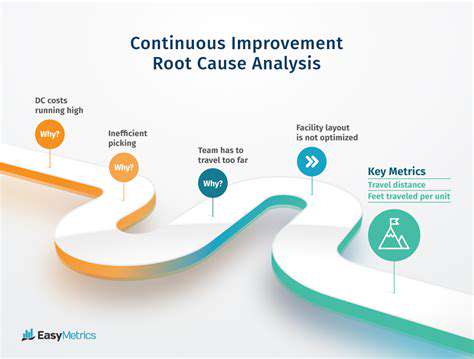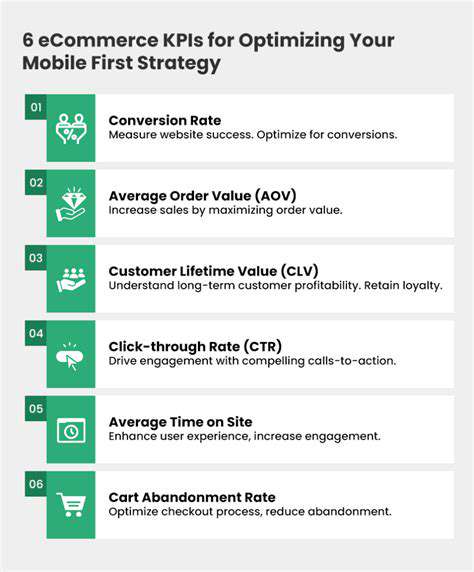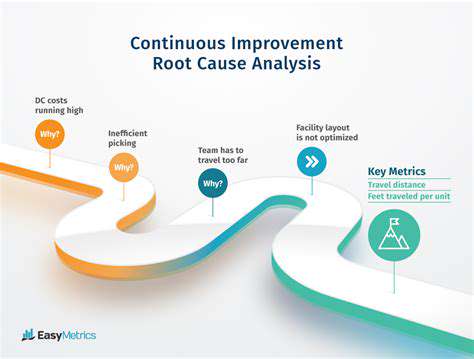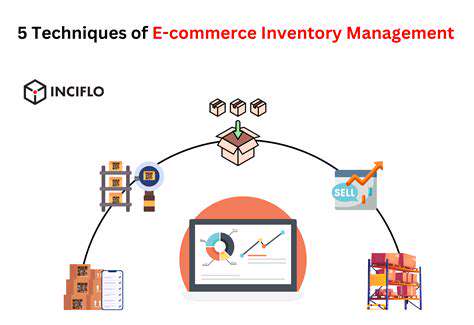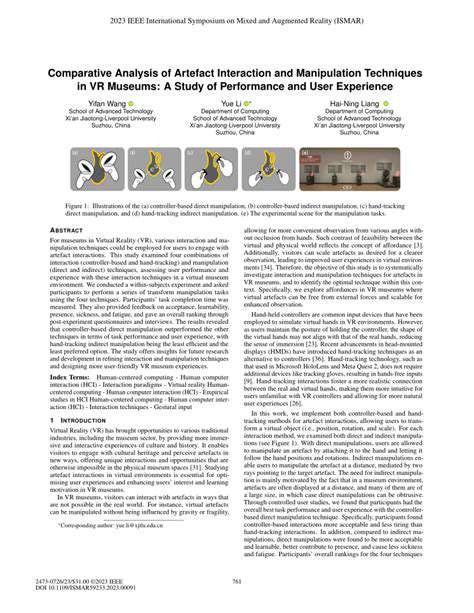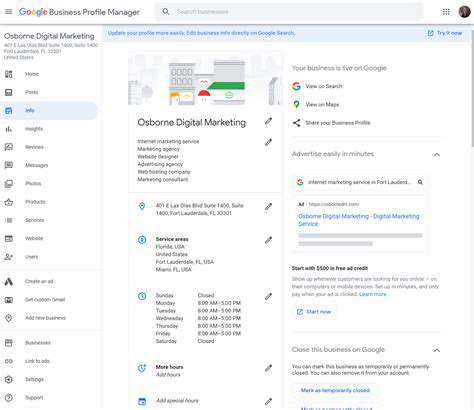- Limited-edition collaborations with artists or influencers
- VIP early-access programs for top customers
- Customization options unavailable elsewhere
The most successful exclusivity plays combine scarcity with genuine added value. For example, Patagonia's Worn Wear program creates exclusivity around used gear by offering unique items with documented histories - turning sustainability into a status symbol.
Leveraging Social Proof and Testimonials
In the digital marketplace, social validation serves as currency. When implementing social proof:
- Feature real customer photos/videos (not just stock images)
- Display recent purchases with timestamps (Jane from Chicago bought this 2 hours ago)
- Highlight expert endorsements from respected voices in your niche
Authenticity matters more than volume. Three detailed, thoughtful testimonials often convert better than dozens of generic five-star ratings.
The Power of Storytelling in Eliciting Desire
Great product stories create emotional connections that spec sheets never could. Consider:
- The artisan's journey (who made this and why it matters)
- The material's origins (sustainably harvested wood, rare minerals)
- The design philosophy behind the product
Warby Parker transformed eyeglasses from medical devices to fashion statements by telling stories about independent designers and responsible manufacturing. Their narrative made $95 glasses feel like smart investments rather than medical necessities.
Building a Community Around Exclusivity
The most powerful exclusivity isn't about keeping people out - it's about bringing the right people in. Successful examples include:
- Sephora's Beauty Insider program (tiered rewards creating aspiration)
- Nike's SNKRS app (creating hype through limited releases)
- Glossier's early focus on cultivating superfans before mass marketing
Community-driven exclusivity creates organic ambassadors who reinforce your brand's status through genuine enthusiasm rather than forced marketing messages.
Beyond the Sales: Building Brand Equity

Understanding Brand Equity
True brand value lives in customers' minds long after transactions complete. The Apple phenomenon demonstrates this perfectly - people don't just buy iPhones, they join a tribe with shared values and aesthetics.
This intangible worth manifests in multiple ways:
- Price premiums (Lululemon vs. generic yoga pants)
- Customer retention (Trader Joe's fans rarely defect)
- Crisis resilience (Johnson & Johnson's Tylenol recovery)
Cultivating Brand Loyalty
Modern loyalty goes beyond punch cards. Consider these innovative approaches:
- Starbucks Rewards' gamified progression system
- REI's member dividends creating co-op ownership feeling
- Patagonia's Ironclad Guarantee building trust through generosity
The best programs make customers feel recognized, not just rewarded.
Consistent Brand Messaging
Brand cohesion across channels creates recognition that shortcuts decision-making. Mailchimp's distinctive voice and visual style remain instantly identifiable whether you encounter them in:
- Email newsletters
- Social media
- Podcast ads
- Physical packaging
This omnipresent consistency builds comfort and trust through sheer familiarity.
Leveraging Digital Platforms
Digital touchpoints should extend brand values, not just broadcast messages. Excellent examples include:
- Duolingo's playful educational TikTok presence
- Wendy's roasting competitors on Twitter
- Glossier's user-generated content strategy
Platforms work best when they showcase what makes your brand unique, not when forcing generic content into trending formats.
Emphasizing Customer Experience
Zappos built a billion-dollar business on service, proving that how you sell matters as much as what you sell. Their philosophy:
- 365-day returns
- 24/7 customer service
- Empowered employees going above-and-beyond
In an age of automation, human-centric experiences become powerful differentiators.
Importance of Brand Storytelling
Great brands don't just tell stories - they become characters in customers' life stories. Airbnb transformed travel by making guests feel like temporary locals rather than tourists, while Allbirds made sustainability narratives personal and relatable.
Effective storytelling frameworks include:
- Origin stories (how we started)
- Challenge narratives (problems we solve)
- Transformation tales (before/after using our product)
Adapting to Market Trends
Netflix's evolution from DVD rentals to streaming giant shows adaptability isn't optional in modern business. Key adaptation strategies:
- Continuous customer research (Starbucks' idea crowdsourcing)
- Pilot programs testing new concepts (Amazon's physical stores)
- Strategic acquisitions (Facebook buying Instagram)
Measuring and Adapting Your Exclusivity Strategies
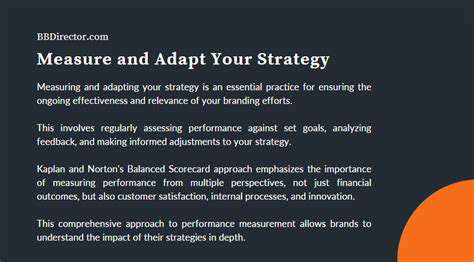
Understanding Exclusionary Factors
Effective exclusivity strategies require balancing desire with accessibility. Yeezy drops demonstrate this perfectly - extreme scarcity creates hype while occasional wider releases maintain engagement.
Critical metrics to monitor:
- Abandonment rates on exclusive offers
- Secondary market activity (resale prices indicate demand)
- Social sentiment around drop frequency
Developing Measurement Tools
Beyond basic conversion rates, advanced measurement includes:
- Customer lifetime value of exclusive buyers vs regular
- Referral rates from exclusive program members
- Price sensitivity testing for premium offerings
The best programs measure prestige, not just purchases.
Implementing Adaptation Strategies
Supreme's gradual expansion from NYC skate shop to global phenomenon shows how to scale exclusivity without diluting appeal. Their playbook:
- Controlled physical retail expansion
- Strategic brand collaborations
- Maintaining core product scarcity
Assessing the Impact of Changes
When Nike increased Air Jordan releases from 4 to 23 annual colorways, they carefully tracked:
- Resale market stability
- New customer acquisition
- Core fan sentiment
Quantitative data must balance with qualitative feedback to avoid alienating loyalists while growing.
Promoting Continuous Improvement
Exclusivity strategies require constant refinement through:
- A/B testing different scarcity messaging
- Seasonal adjustments to offer cadence
- Regular customer surveys on program perception
The goal isn't permanent exclusivity, but creating strategic moments of desire that drive long-term brand value.
